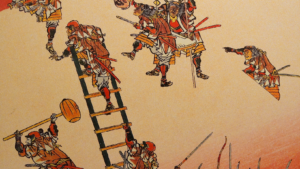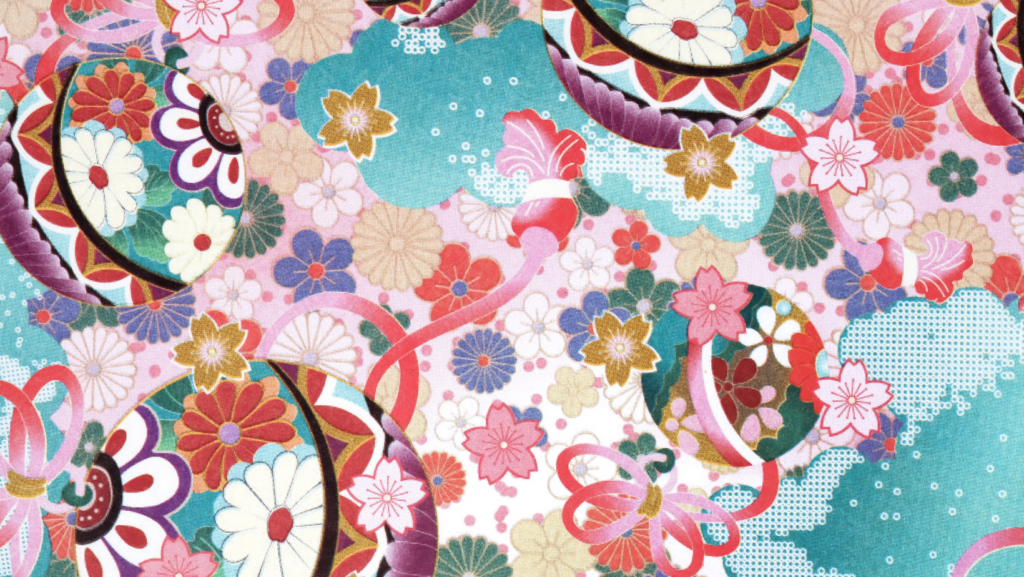Japanese art captivates with its unique blend of tradition and innovation, reflecting a rich cultural heritage that spans centuries. From the serene beauty of ink wash paintings to the intricate designs of ukiyo-e woodblock prints, Japanese art emphasizes harmony, simplicity, and a deep connection to nature. These elements are not merely aesthetic choices but are deeply rooted in the country’s philosophical and spiritual beliefs.
What is the focus of Japanese art often revolves around the concept of “wabi-sabi,” which celebrates the beauty of imperfection and transience. This perspective encourages viewers to appreciate the fleeting moments and subtle details that might otherwise go unnoticed. Whether it’s the graceful lines of a calligraphy piece or the delicate arrangement of a flower in ikebana, Japanese art invites a contemplative experience that resonates with both the heart and mind. Through its diverse forms and themes, Japanese art continues to inspire and influence the global artistic landscape.
What is the Focus of Japanese Art

What is the focus of Japanese art centers on the interplay of tradition and modernity, creating a distinctive aesthetic. The art forms, such as calligraphy, pottery, and ikebana (flower arranging), emphasize beauty and simplicity. Calligraphy reflects the balance of discipline and spontaneity through the fluidity of ink strokes. Pottery, often exemplified by Kintsugi, highlights the beauty in repaired imperfections. Ikebana prioritizes form, balance, and harmony, transforming floral arrangements into art.
Nature’s influence is pervasive in Japanese art, from landscapes in traditional paintings to motifs in contemporary design. Ukiyo-e prints capture fleeting moments in nature—the blooming of cherry blossoms or a serene landscape—and resonate with the concept of “mono no aware,” the appreciation of ephemeral beauty. This focus extends to architecture and garden design, where elements like stones, water, and plants are meticulously arranged to create harmonious environments.
Key Themes and Motifs
What is the focus of Japanese art embodies themes deeply rooted in nature, transience, and balance. Its motifs celebrate simplicity and the subtle beauty found in imperfection.
Nature and Seasons

Nature’s role in Japanese art is profound, frequently reflecting seasonal changes and their inherent beauty. Artists often depict cherry blossoms, autumn leaves, and serene landscapes, capturing fleeting moments with elegance. This connection underscores concepts like “mono no aware,” highlighting the transient nature of beauty. In traditional arts, such as Sumi-e ink wash painting, the representation of nature embraces negative space to convey silence and depth.
Wabi-Sabi Aesthetics
Wabi-sabi’s influence permeates Japanese art, emphasizing the beauty of imperfection and the passage of time. This aesthetic encourages appreciation for objects or moments that exhibit wear and subtlety. Calligraphy and pottery exemplify this, with styles that embrace spontaneous strokes and the art of Kintsugi, where broken ceramics gain new life through golden repairs. This philosophy underscores the transformative power of art and its reflection of life’s transient and imperfect nature.
Popular Art Forms
Japanese art is distinguished by its diverse and captivating forms, each a testament to its cultural richness. Whether it’s capturing transient beauty through ukiyo-e or transforming flowers in ikebana, these art forms reflect a profound connection to tradition and nature.
Ukiyo-e

Ukiyo-e, meaning “pictures of the floating world,” is a genre of Japanese woodblock prints that gained prominence in the Edo period (1603-1868). These prints often depict landscapes, kabuki actors, and scenes of everyday life. Renowned artists like Hokusai and Hiroshige elevated Ukiyo-e to global recognition. Hokusai’s “The Great Wave off Kanagawa” exemplifies the genre’s ability to portray the ephemeral beauty of nature, a central theme in Japanese art. Ukiyo-e’s influence extends to Western art, inspiring movements like Impressionism with vivid colors and innovative perspectives.
Ikebana
Ikebana, the Japanese art of flower arranging, emphasizes simplicity, harmony, and balance. Unlike Western floral arrangements, which often focus on sheer abundance, Ikebana prioritizes minimalism and form. Practitioners consider each aspect—stem, leaves, and blossoms—carefully, creating a striking balance of space and composition. The art form originated over 600 years ago as offerings in Buddhist temples, evolving into a sophisticated practice embedded in Japanese culture. Ikebana reflects nature’s transient beauty and draws inspiration from seasonal changes, making it a dynamic expression of Japan’s philosophical and aesthetic ideals.



